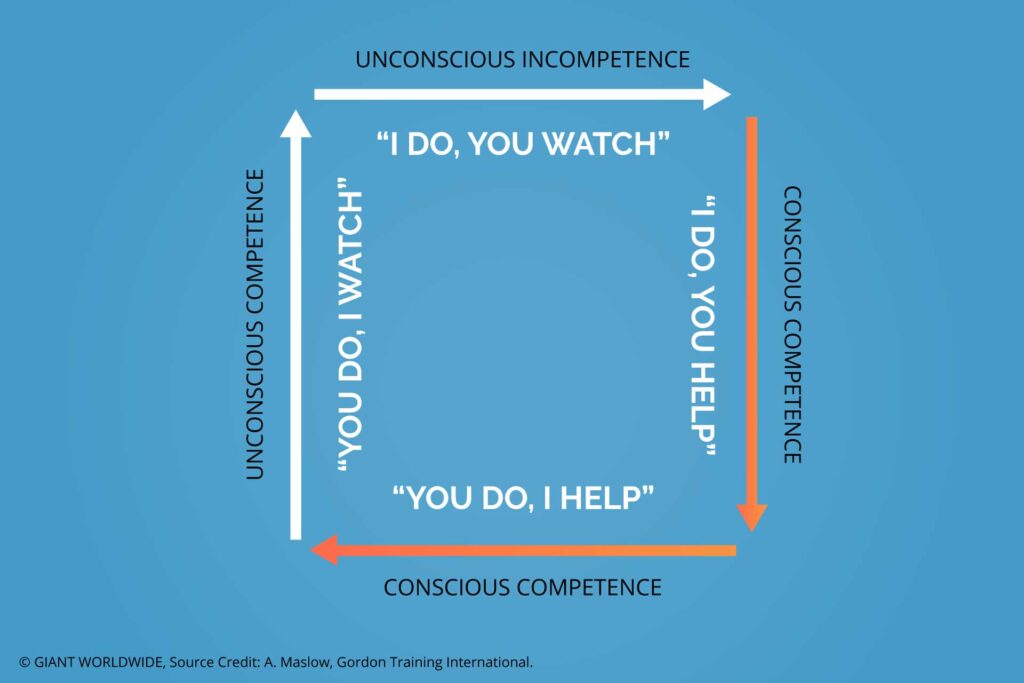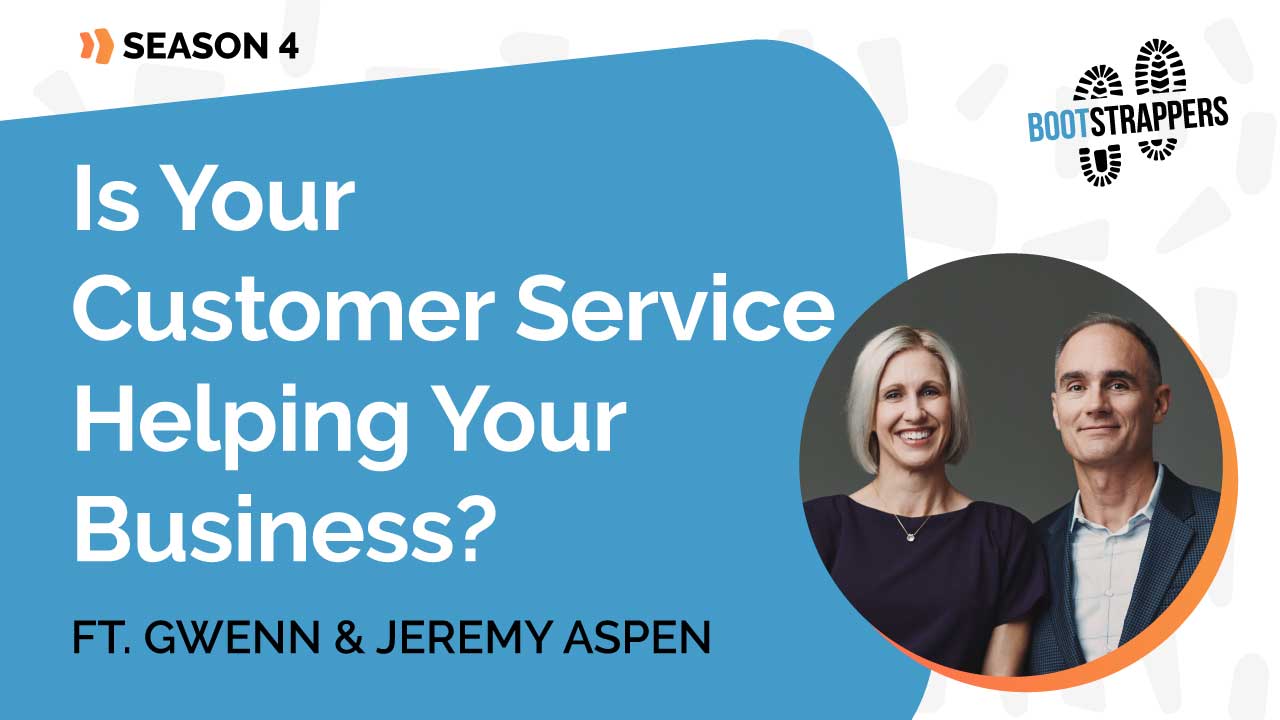How to Delegate Better
“Delegate and Elevate” We know! We know! We’ve heard it a million times. But still, there are tasks we refuse to give up to anyone else even though they are not the best use of our time, or energy.
What if there were a super simple method that finally moved the needle from the common excuses?
- It’s easier if I just do it myself
- I don’t trust anyone on the team to do it as well as I would
- I don’t want to lose money, or get embarrassed. I don’t want to deal with it going poorly.
What if finally we were spending our time on plans and tasks that made our companies more competitive, aggressive, or profitable instead of protecting our downside? It’s possible with effective delegation if we can just get ourselves to do it.

Mastering Delegation with Kathleen Mayfield
Kathleen Mayfield from Bloom Growth is an expert on delegation, and she shared her simple yet effective insights on how to delegate and empower teams so leaders can really spend time on growth initiatives, and elevate out of the day to day.
What is Kathleen’s simple method? The Apprenticeship Square.

Before you roll your eyes and say this is way too simple. There is no way this will work. Consider that much of the time we don’t go all in on tools like this. We’re never truly committed. Being an entrepreneur myself, I hate feeling restricted, I am rebellious by nature and I like these tools in theory but historically had a hard time sticking to them.I would tell myself, “I’m doing it in spirit.” But I have found that when I go 100% in on a proven methodology deliberately with discipline I do end up getting the results promised. However, anything short of that doesn’t work.
It is my experience that the more leaders stick to the script of proven processes the more disciplined and organized and better organizations run. If you are serious about elevating and delegating try the apprenticeship square.
What is the Apprenticeship Square?
Kathleen has developed a tool called the Apprenticeship Square, which is a step-by-step approach to teaching tasks:
- Show Them How: Begin by demonstrating the task to your team member.
- Do It Together: Work on the task together, allowing them to ask questions and learn.
- Observe and Feedback: Let them perform the task while you observe and provide feedback.
- Independent Execution: Finally, they do the task on their own, reporting back to you as needed.
This methodical and intentional approach creates spaces for people to succeed or learn from their mistakes, making the business operator more comfortable with delegation.
Implementing the Method Successfully
Kathleen stresses the importance of consistency. Using the Apprenticeship Square consistently ensures clarity and minimizes errors, fostering a culture of effective delegation within your organization.
Communication: The Key to Success
Kathleen is very clear that she actually takes the square out for every task she is intending to delegate. She is very methodical about it. The person she is teaching is very clear on which part of the square they are in.
This is where entrepreneurs struggle. We don’t like to be methodical. We take the idea of this to heart but we don’t actually do it with the discipline of getting the square out. We do it “our way,” we take the approach “in spirit.” However, when we don’t do it in a deliberate disciplined manner we lack clarity and mistakes are made. Then we go back to the old way of doing things and claim that approach doesn’t work. The trick is to actually use the square visual. Talk through this as a methodical approach, make sure you and the person you are delegating the work to are clear on which step you are on and clear when the official hand off has been to the next step.
Kathleen also discusses how she communicates in the process so that her delegation technique doesn’t come across as micromanaging: “I just started to teach them how to be in communication. How I like to receive and give communication, I told them that me asking a lot of questions didn’t mean I was micromanaging them, and so on.” She believes that clear and open communication is essential to prevent misunderstandings and build trust.

Embracing Generosity and Trust
The key to really handing big responsibilities to others is to be generous and build trust. When there is a problem Kathleen says not to assume the worst right off the bat. She believes that generosity and trust are key to effective leadership and delegation. Leaders should demonstrate authenticity and encourage their teams to do the same.
Delegation in Rapid Growth Scenarios
When a business is scaling quickly, going through the Apprenticeship Square can create freedom and distribute the weight among the team. This approach allows the business to grow exponentially and helps entrepreneurs elevate themselves out of day-to-day operations to focus on new opportunities.
Kathleen emphasizes the importance of creating leaders within the team. By giving team members a sense of ownership, communication between owners and entrepreneurs improves, enabling them to focus on growth and innovation.

About Our Guest: Kathy Mayfield
Kathy Mayfield, with over 25 years of leadership experience, is a seasoned chief operating officer and second-in-command. Passionate about helping others achieve their best, she empowers teams to surpass expectations in productivity, revenue, and employee satisfaction. Currently, she serves as the president of Winter International LLC, operating as Bloom Growth, where she harmonizes departmental synergy, removes obstacles, and fosters a culture of accountability through servant leadership.
Contact Anequim
Are you looking to start an effective and proficient remote workforce?
We are here to help you! A team of professionals will find the perfect remote candidate or the perfect boss for you! We provide all the coaching and mentoring for ultimate efficiency.























































